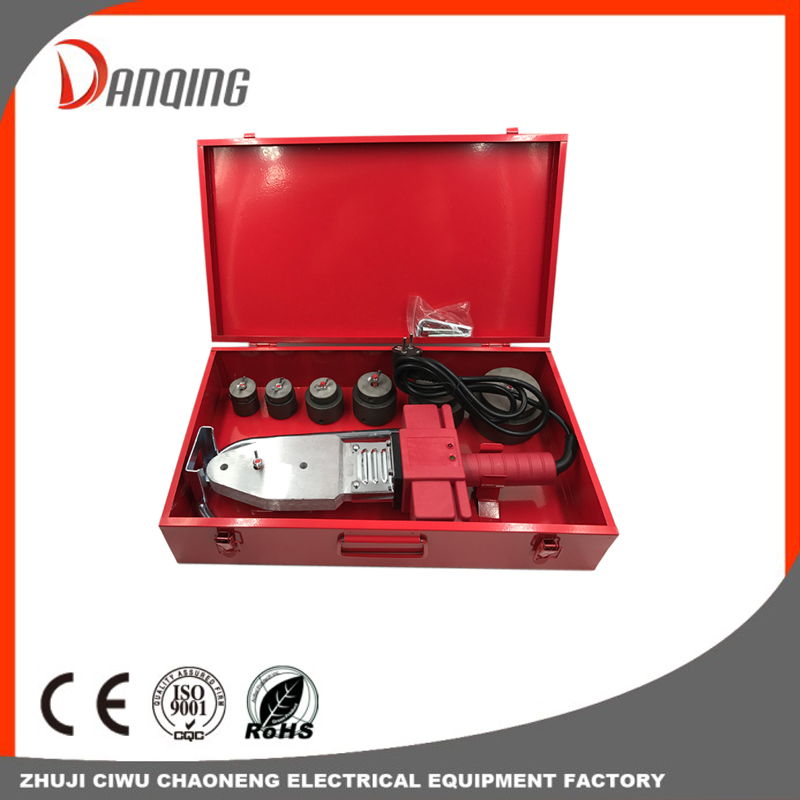How are welding pores produced?
Welding sometimes produces many pores. Some pores are p […]
Welding sometimes produces many pores. Some pores are part of the defects in the weld and need to be improved. There are many reasons for pores, such as welding material, welding process, base material, tungsten electrode, etc. How do pores work? occur? from? The following content can be summarized.
1. Impure argon: the purity of argon is not less than 99.7% when welding carbon steel, not less than 99.9% when welding aluminum, and the purity of argon used for welding titanium and titanium alloys is as high as 99.99%.
2. Argon flow rate: If the argon flow rate is too small, the ability to resist wind interference is weak; If the argon flow rate is too large, the gas flow rate is too large, and the laminar flow near the wall is formed when the passage through the nozzle is very fine, after the gas is expelled, it will be turbulent quickly and easily The air carries people and the protection effect of the molten pool worsens. Therefore, the argon flow rate must be adequate to stabilize the flow.
3. Air belt leakage: The air belt interface or air belt leakage will make the gas flow too small during welding, and the air will be sucked into the air belt, which will result in poor protection.
4. The influence of the wind: A slightly larger wind will cause turbulence in the argon shield, resulting in poor shielding. Therefore, windproof measurements should be taken when the wind speed is> 2 m / s; When welding the pipe, the opening of the pipe must be blocked to prevent the formation of drafts in the pipe.

5. The influence of the welding gun nozzle: the diameter of the nozzle is too small, when the effective protection range of argon around the arc is less than the area of the molten bath, it will cause poor protection and produce pores. Especially for field operations and large pipe welding, a larger diameter nozzle should be used to effectively protect the arc and melt pool.
6. The distance between the torch nozzle and the workpiece: the distance is small, and the crosswind sensitivity is small, the distance is large, and the ability to resist wind interference is weak.
7. The pressure in the gas cylinder is too low: stop when the pressure in the gas cylinder is less than 1 MPa.
8. The angle of the welding gun is too large: The angle of the welding torch is too large, on the one hand, the air will be drawn into the molten pool, and on the other hand, the air flow protection effect argon on the long arc side in the arc and molten pool will be worse.
9. The influence of the hydrogen flow meter: the flow meter is unstable and the protection effect will be affected by fluctuations.
10. Operation influence: When using a hydrogen arc welding torch with a control button, the gas must be vented before welding to avoid excessive pressure on the gas belt, which can cause excessive gas flow. during arc ignition, resulting in pores.
11. The accessories of the welding torch are not suitable: the tungsten electrode clamp does not match, the gas path is blocked and the gas path is not smooth, and the shielding gas flows from one side of the nozzle, which it cannot form a complete protection. ring.

